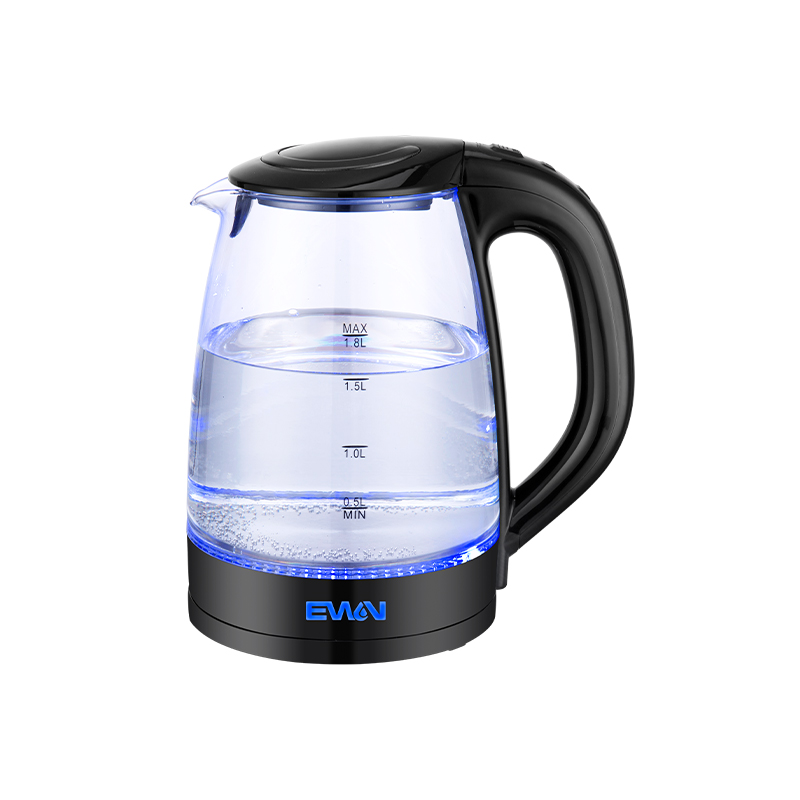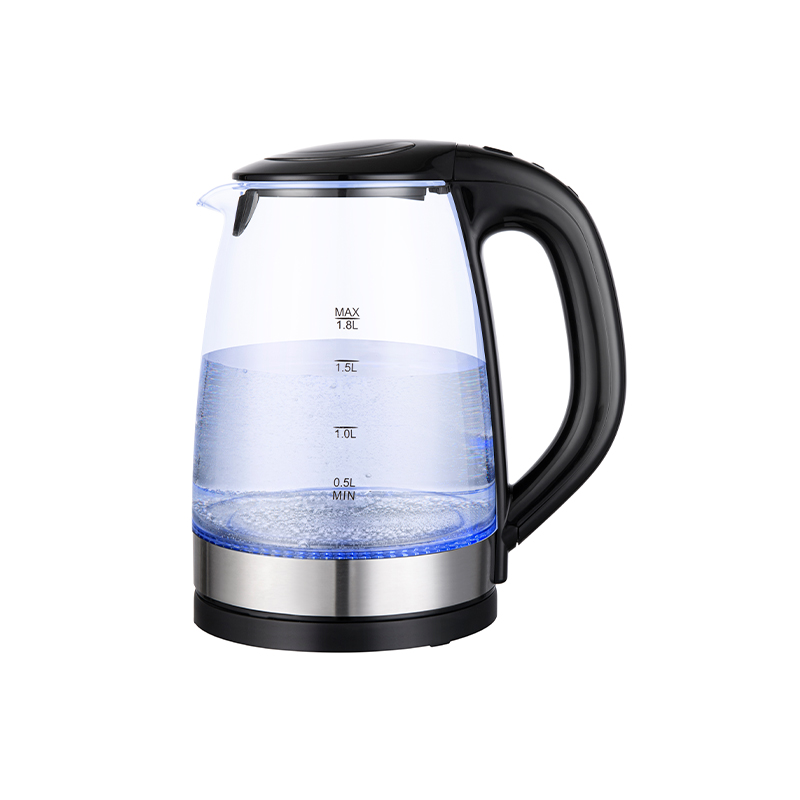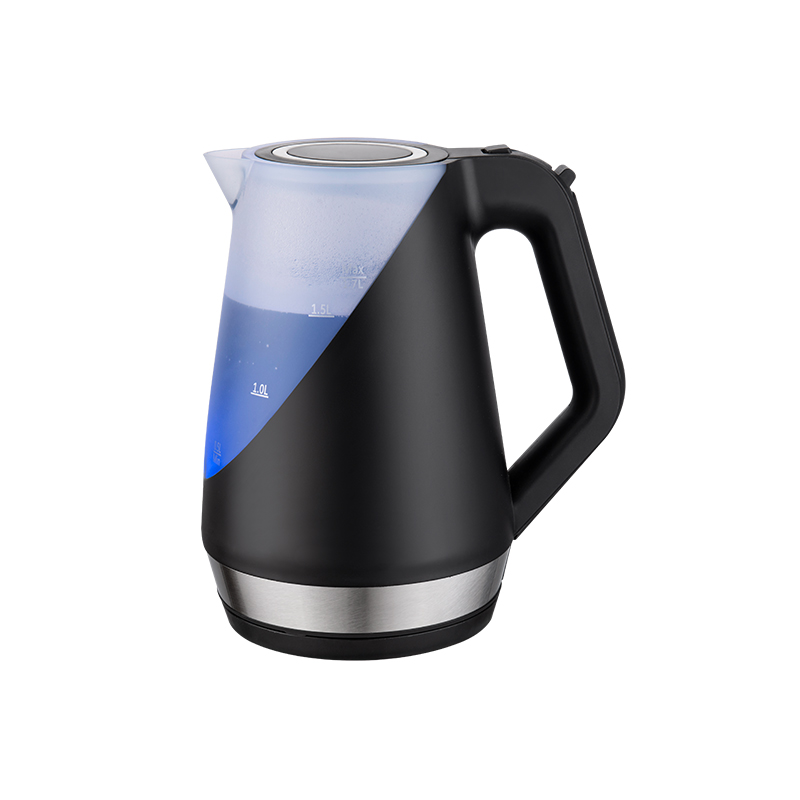+86-18667862027
Web Menu
Product Search
Exit Menu
What are the differences between digital kettles and traditional electric kettles?
Introduction to Electric Kettles and Their Evolution
Electric kettles have long been a common household appliance for boiling water. Traditional electric kettles are designed with a simple mechanism: they use an internal heating element powered by electricity to bring water to a boil and then shut off automatically when the boiling point is reached. However, with technological advancement, digital kettles have emerged, offering enhanced precision, user control, and integration with modern living habits. The differences between digital kettles and traditional electric kettles involve their design, features, usability, energy efficiency, and even user safety. Understanding these differences can help consumers make better decisions when choosing between the two appliances.
Design and Aesthetic Differences
One of the first noticeable distinctions between digital kettles and traditional electric kettles lies in their external design. Traditional models often adopt a straightforward form, usually stainless steel or plastic, with minimal additional elements beyond the handle, spout, and lid. Digital kettles, on the other hand, often integrate LED displays, touch-sensitive panels, or even buttons for specific settings. These design features not only serve functional purposes but also reflect consumer preferences for modern aesthetics and multifunctionality in home appliances.
Temperature Control Capabilities
A critical difference between digital and traditional electric kettles is temperature control. Traditional kettles are limited to heating water until it boils, without offering options for stopping at intermediate temperatures. Digital kettles, however, often include programmable temperature settings, allowing users to heat water to specific degrees for tea, coffee, or other beverages that require different preparation conditions. For instance, green tea may be best brewed at 80°C, while coffee may require water closer to 90–95°C. This flexibility demonstrates how digital kettles cater to the nuanced needs of beverage preparation that traditional kettles cannot provide.
Heating Technology and Performance
While both types rely on electrical heating elements, digital kettles may employ more advanced heating technologies to achieve better efficiency and responsiveness. Some digital kettles incorporate sensors and microcontrollers that regulate the heating process, reducing the likelihood of overheating or unnecessary reboiling. Traditional electric kettles rely on a simpler thermostat mechanism that cuts power once boiling is detected. As a result, digital kettles can provide more consistent performance when heating to specific temperatures, while traditional kettles remain focused solely on boiling water.
Energy Efficiency Considerations
Energy efficiency is another area where digital and traditional electric kettles differ. Traditional models may use slightly more electricity if users repeatedly reboil water to adjust the temperature or if the kettle lacks insulation. Digital kettles often include features such as keep-warm functions, insulated walls, and precise heating that minimize energy waste. By allowing users to heat only to the required temperature, digital kettles can help reduce unnecessary electricity consumption compared to repeatedly boiling water in traditional kettles.
User Convenience and Ease of Operation
Traditional electric kettles are generally easy to use, requiring little more than filling them with water, plugging them in, and flipping a switch. Digital kettles, however, provide additional functions such as pre-set temperature buttons, timer controls, and sometimes even smartphone connectivity. While these features improve user convenience, they may also introduce a learning curve for individuals who prefer simplicity. For users who value straightforward operation, traditional kettles may remain attractive, whereas digital kettles appeal to those who enjoy multifunctional appliances.
Safety Features and User Protection
Both digital and traditional electric kettles prioritize safety, but the methods differ. Traditional kettles rely primarily on automatic shut-off when boiling is reached, as well as boil-dry protection to prevent damage when the kettle runs empty. Digital kettles often include these features but also add sensors, lock functions, and temperature monitoring systems that enhance protection for users. Some models even allow remote monitoring through applications, reducing the risk of accidents caused by unattended use.
Durability and Maintenance
Durability depends largely on material and construction quality rather than whether the kettle is digital or traditional. However, the presence of digital components, such as screens and control panels, may make digital kettles more susceptible to damage if not handled properly. Traditional kettles, with fewer electronic parts, are typically easier to maintain and repair. Cleaning is similar for both, though digital kettles sometimes include detachable parts designed for easier maintenance.
Cost and Market Accessibility
Another important difference lies in cost. Traditional electric kettles are often priced more affordably, making them accessible to a wide range of households. Digital kettles, by contrast, usually come at a higher price due to the inclusion of advanced technology, additional features, and sometimes higher-grade materials. The decision for consumers often comes down to balancing budget considerations with the desire for enhanced functionality.
Below is a comparison table that summarizes these aspects:
| Feature | Traditional Electric Kettle | Digital Kettle |
|---|---|---|
| Design | Simple, functional | Modern, often with display or buttons |
| Temperature Control | Boiling only | Adjustable, multiple preset options |
| Heating Regulation | Basic thermostat | Sensors, microcontrollers for precision |
| Energy Efficiency | May require reboiling | Targeted heating, keep-warm options |
| Convenience | Very easy to operate | Multiple functions, some require learning |
| Safety Features | Auto shut-off, boil-dry protection | Enhanced monitoring, locking, remote options |
| Durability | Fewer parts, generally robust | More components, may require careful use |
| Cost | Lower, budget-friendly | Higher, reflects additional technology |
Environmental Considerations
The environmental impact of digital and traditional kettles also varies. Digital kettles, by offering precise heating, reduce unnecessary electricity use, which can contribute to energy conservation. However, they may also include more electronic components that require responsible recycling at the end of their lifecycle. Traditional kettles are easier to recycle due to simpler construction, though their energy use may be less efficient when heating water multiple times. From an environmental standpoint, both types have advantages and challenges that depend on user habits and disposal practices.
User Preference and Lifestyle Factors
The choice between digital and traditional electric kettles often reflects lifestyle preferences. Users who regularly prepare specialty drinks such as loose-leaf tea or pour-over coffee may prefer the precise temperature control of digital kettles. On the other hand, households that use kettles mainly for boiling water for cooking or making simple beverages may find traditional kettles sufficient. Age and familiarity with technology may also play a role, as older generations might prefer the simplicity of traditional designs, while younger users may appreciate the versatility of digital models.
address
No.935 Qiye Road, Zhouxiang Town, Cixi City, Zhejiang Province, China
Sale’s Email
leila@nbewin.com
sales8@nbewin.com
sales9@nbewin.com
Copyrighte Ningbo Ewin Electrical Appliances Co., Ltd. All Rights Reserved.












